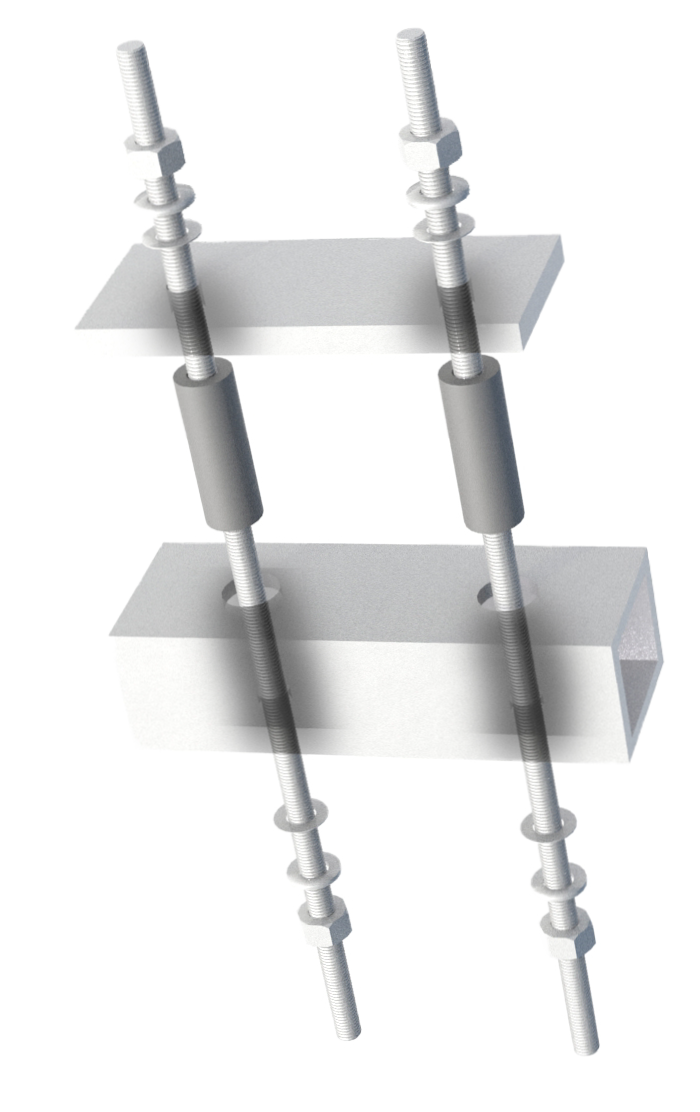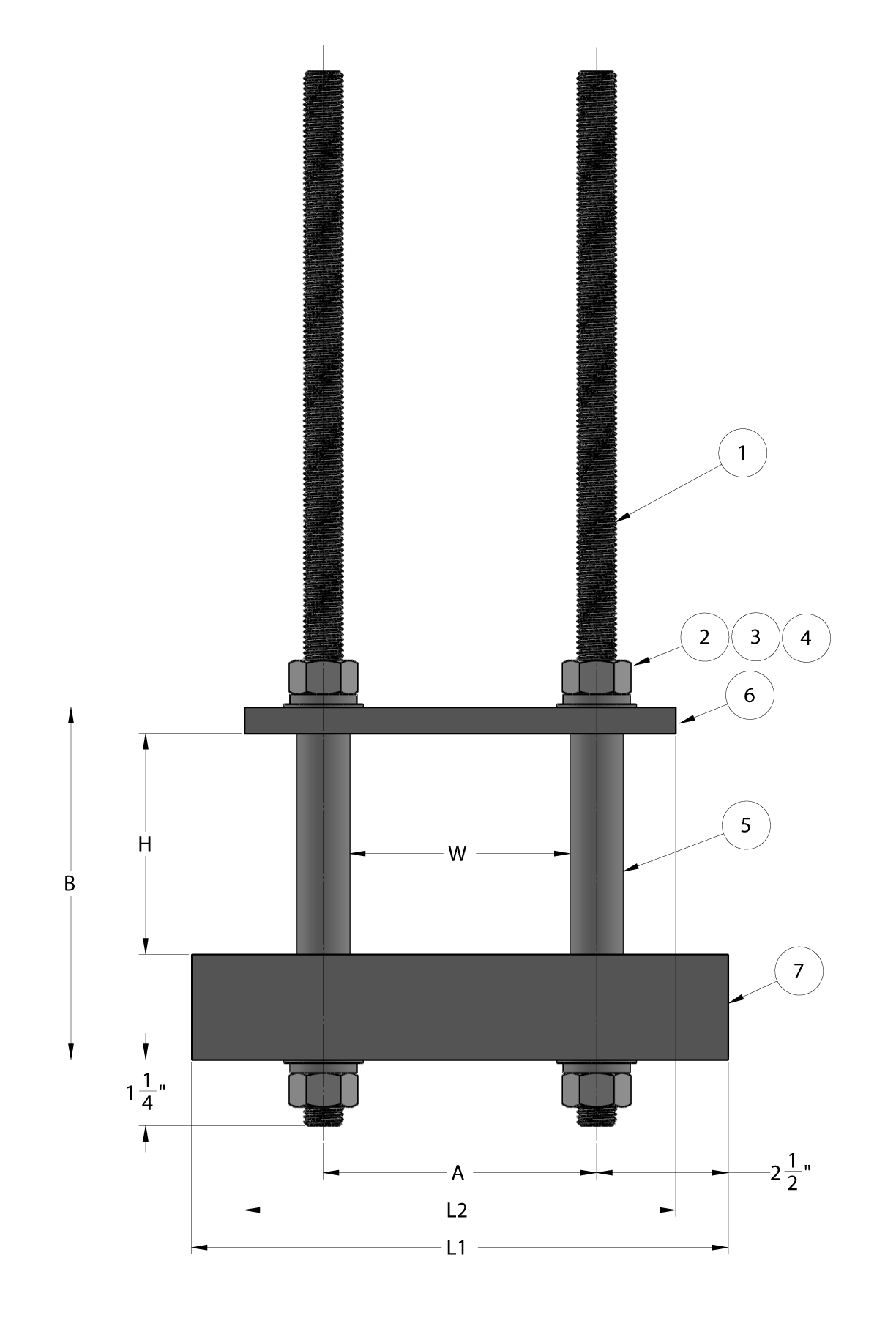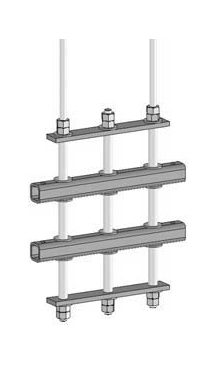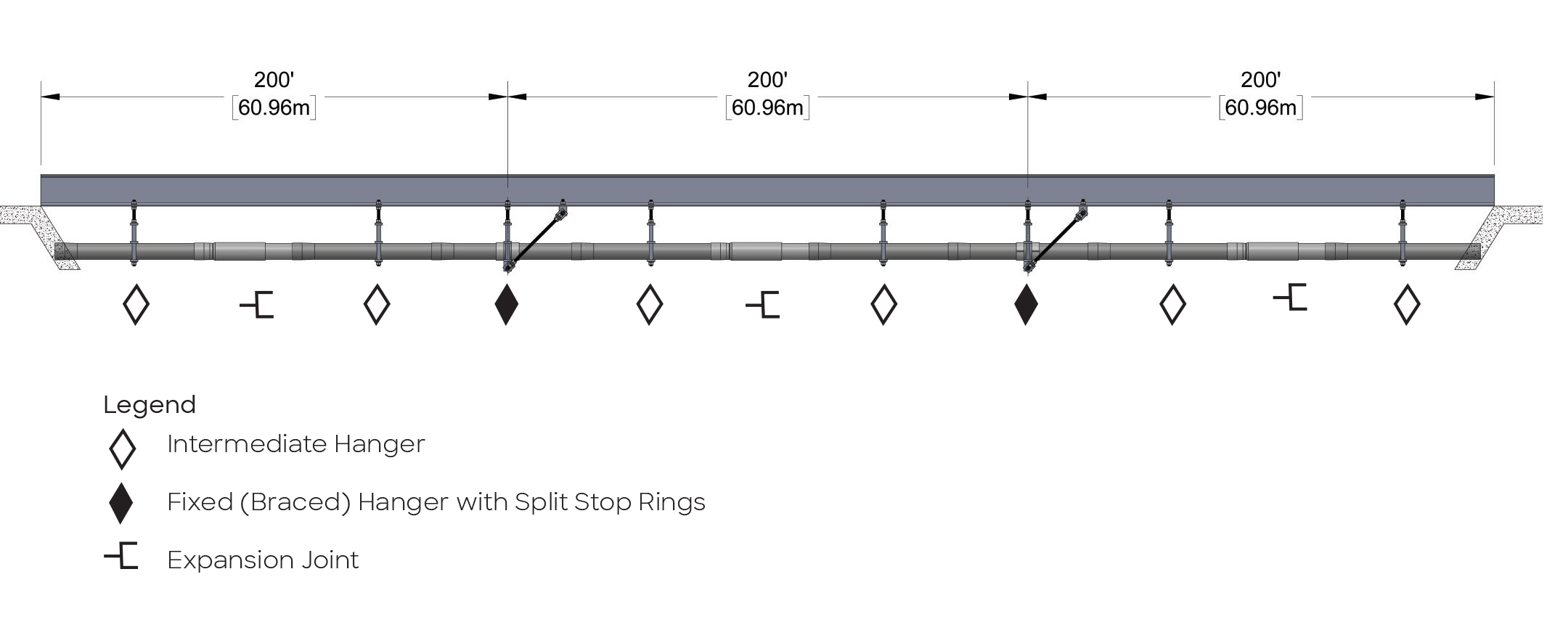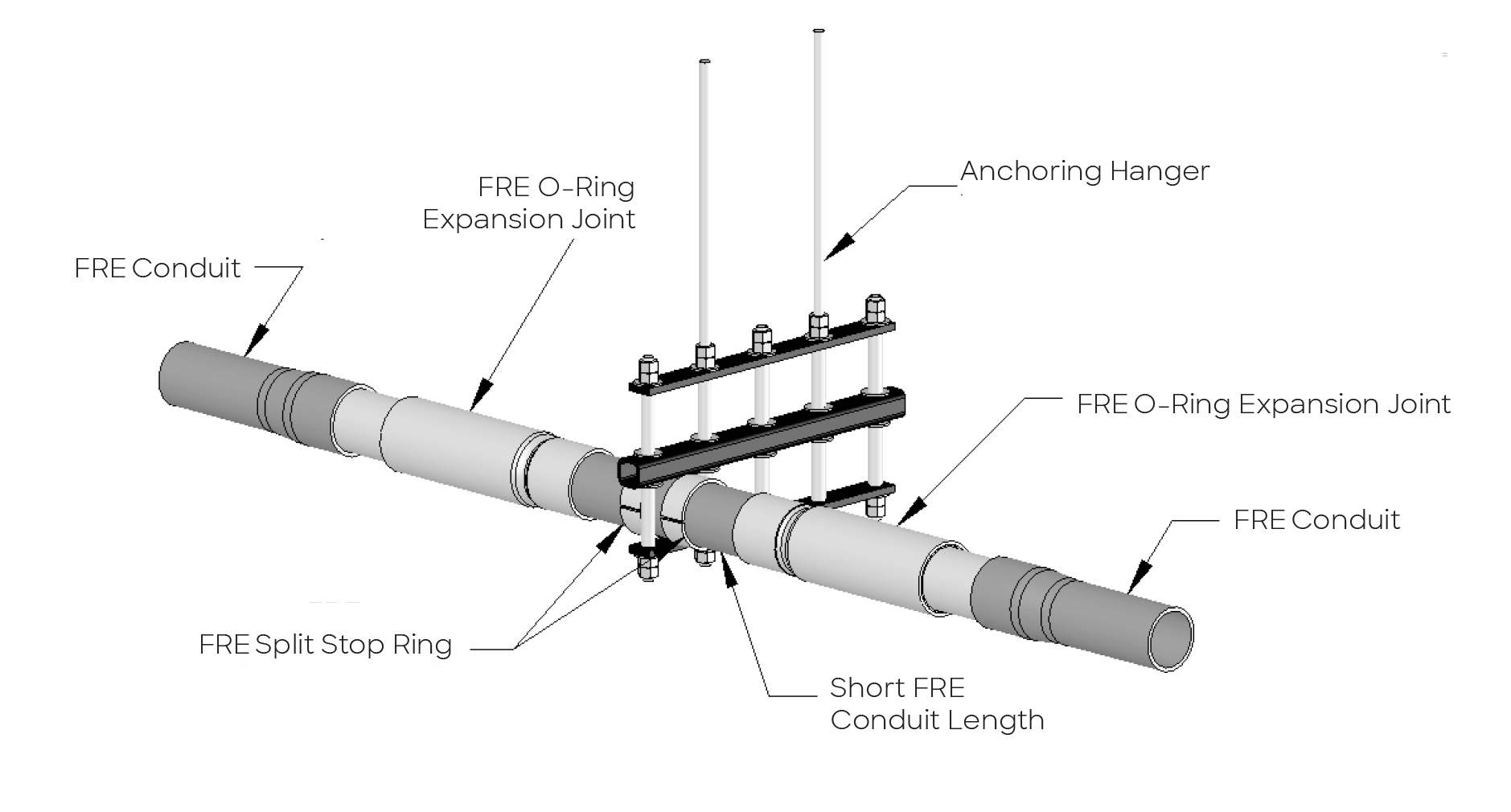Avec les projets de ponts, les ingénieurs et les gestionnaires de projets se tournent vers les conduits en fibre de verre pour offrir une alternative légère, économique, facile à installer et résistante à la corrosion aux conduits en PVC et en acier.
Le conduit en fibre de verre fournit un chemin sûr et stable pour les fils et les câbles électriques pour traverser les ponts. Ces pistes transportent également des lignes d’alimentation électrique pour l’éclairage du tablier du pont, la signalisation routière, la signalisation et les télécom. Les suspentes et les supports de conduits sont utilisés pour suspendre et maintenir les conduits et les câbles. Leur légèreté et leur haute résistance permettent de réaliser des économies considérables en matériaux, en assemblage et en main-d’œuvre.
La suspente des systèmes de support des conduits aux ponts - par soudage, serrage, perçage ou boulonnage - nécessite une conception et des données techniques considérables. FRE® Composites possède une vaste expérience de terrain dans la conception et l’installation de matériel de support.
